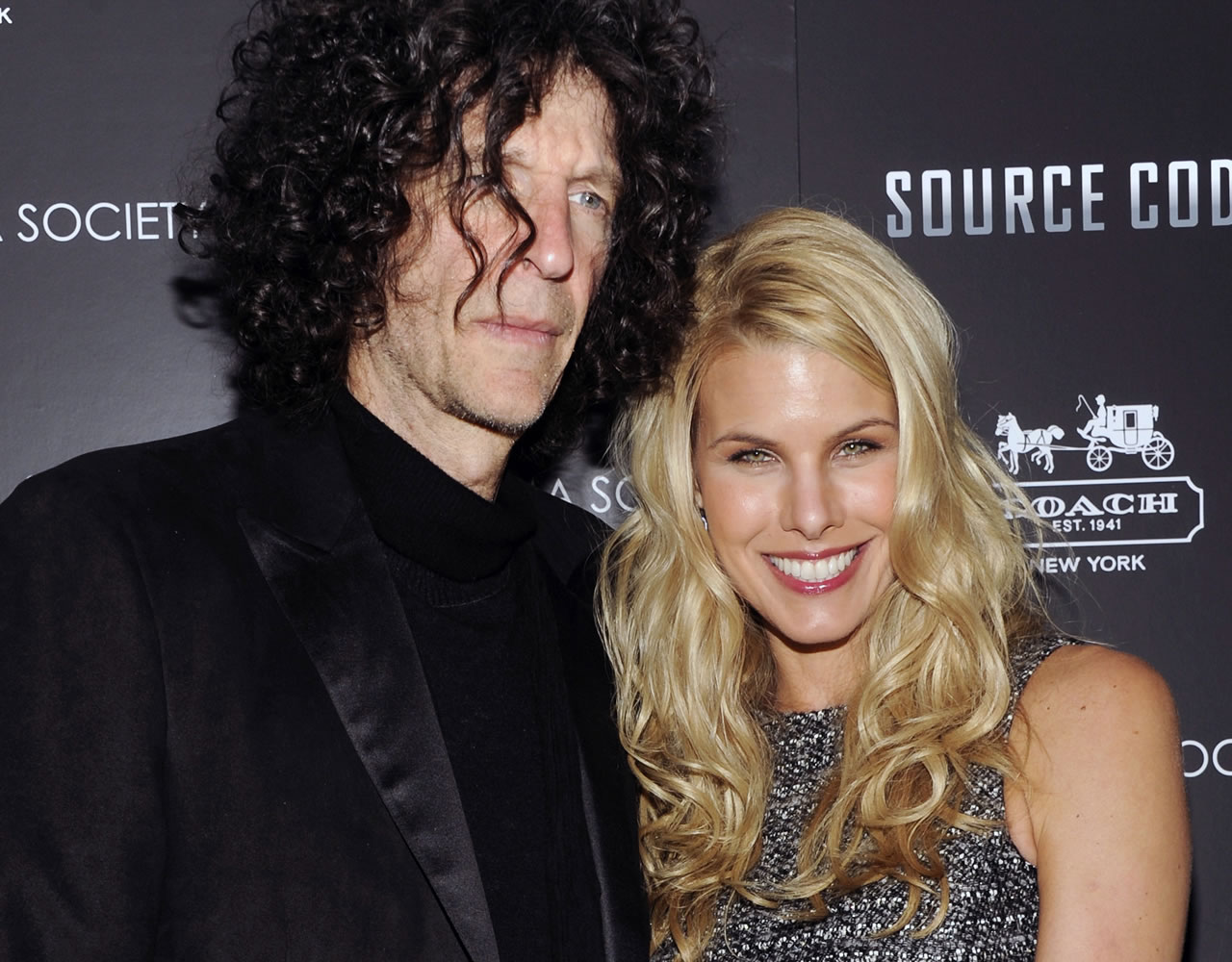LOS ANGELES — You nurse and nurture, live with and love an animal in your home. After a few weeks or months, you turn it over to someone or return it to a shelter. Watching a foster pet leave the nest can be rewarding, but you are probably still going to cry your eyes out.
A foster home is a place where pets get a chance to heal or come of age or learn how to be social. It leaves room at the shelter for another dog or cat. Fostering is hard work and takes time, patience and dedication, but knowing you are raising and training a pet for someone else can be equal parts gratification and heartbreak.
Beth Stern, spokeswoman for the North Shore Animal League America, has fostered several litters of cats. She says she can tell you what each one likes to eat, where they like to be rubbed and their favorite toys. She house trains them and keeps meticulous records for adopters.
She and husband, talk show host and “America’s Got Talent” judge Howard Stern, had planned to take just one litter.
“My husband and I had a ball. He named every one of them, photographed them and started talking about them on his radio show,” Stern said. She shared photos and stories about them on Facebook and Twitter and on North Shore’s website. Adoption applications started arriving at North Shore in bunches.
When the day came for the new owners to be notified, and the kittens returned to the shelter to be spayed and neutered, Stern said it “was one of the hardest days of my life.”
“I was crying like a baby,” she said.
While she said goodbye to six kittens, she ultimately said hello to 10 new ones. The applications keep on coming so Stern said she plans to keep on fostering. And while she and her husband already have four adult cats, she said they’ll probably adopt another one — a blind cat at the shelter who will likely be hard to place.
And on Super Bowl Sunday, Stern will promote more cat adoptions on Hallmark Channel’s “Kitten Bowl.”
The American Society for the Prevention of Cruelty to Animals makes more than 1,000 foster placements a year, said Gail Buchwald, the ASPCA’s senior vice president of adoptions.
Fosters are an indispensable component for shelters, but there’s a lot of turnover, she said, because of so-called foster failures — people who adopt their foster animals.
When a foster becomes an adopter, no one minds, Buchwald said, but it does leave shelters on a constant lookout for new fosters.
There is no question that saying goodbye is the most difficult part of fostering, she said, and this list might help encourage people who are considering it:
• Remember you are saving lives. Without foster homes, more animals will have to be euthanized.
• Remember the goal — to help foster pets find loving, forever homes.
• Learn to celebrate successful adoptions.
• Don’t feel guilty. Animals are resilient and adaptable.
• Start or join a foster support network.
• Take a break so you don’t burn out.
• Cherish the memories.
There is no nationwide data on fosters, but most shelters, even open admission or kill shelters, have some kind of program, and those programs can mean the difference between life and death for animals at the highest risk.
Kittens are the most euthanized animals at the city’s shelters in Los Angeles, said Candi Crawford, the outreach manager for Best Friends Animal Society, whose no-kill shelter in Los Angeles has between 100 and 200 kittens in foster care most of the time.



